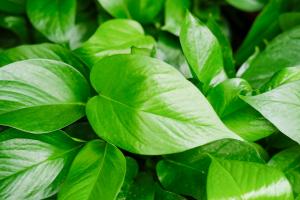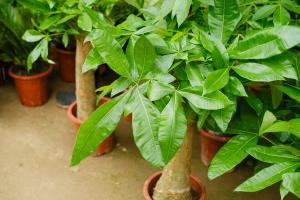Can People Make Paper Without Trees or Plants?
Paper is a necessary product in our daily lives. We use it for writing, printing, drawing, and packaging. Traditionally, paper is made from trees or plants, which are harvested for their fibers. However, with the increasing concern about deforestation and environmental sustainability, researchers and entrepreneurs have been exploring alternative sources of paper.
The Challenges of Making Paper Without Trees or Plants
Making paper without trees or plants is not an easy task. The primary challenge is finding a raw material that can replace the fibers of wood or pulp. Ideally, this material should be abundant, cheap, and renewable. Moreover, it should have the proper characteristics of strength, flexibility, and absorbency that are required for different types of paper.
Some of the potential sources of non-tree paper include recycled materials, agricultural residues, and non-wood fibers. However, each of these sources has its limitations and drawbacks. Recycled paper, for example, can only be reused a certain number of times before losing its quality. Agricultural residues, such as straw or husks, may not have enough fibers to make high-quality paper. Non-wood fibers, such as bamboo or cotton, can be costly and may require specific processing methods.
The Innovation in Alternative Paper Production
Despite these challenges, several companies and organizations have been successful in making paper without trees or plants. Some of the innovative approaches include:
Mushroom paper: Some researchers have discovered that mushrooms can be used to create a strong and durable paper. The process involves growing the mushrooms on a mixture of recycled paper and organic materials, which then forms into sheets.
Stone paper: Stone paper is made from calcium carbonate, which is a mineral that can be found abundantly in nature. The paper has a smooth surface and is waterproof and tear-resistant.
Algae paper: Researchers have also been experimenting with using algae as a source of paper fibers. Algae can be grown in large quantities in water and can be processed into a pulp that has similar characteristics to wood fiber.
The Benefits and Limitations
The benefits of making paper without trees or plants are obvious: it reduces the impact of deforestation and promotes a circular economy. It also offers new opportunities for farmers, entrepreneurs, and communities to develop sustainable industries.
However, there are also limitations to non-tree paper. The production process may require more energy or chemicals than traditional papermaking. The quality and durability of the paper may not be as high, especially for specific applications such as books or packaging. Additionally, the market demand and consumer acceptance of non-tree paper may not be as high, as many people still prefer the feel and texture of traditional paper.
The Future of Papermaking
In conclusion, making paper without trees or plants is possible and desirable, but it requires further innovation, investment, and collaboration. As consumers, we can also support the development of alternative paper by choosing recycled or non-tree paper products and reducing our paper usage overall. By doing so, we can contribute to a more sustainable and eco-friendly future.

 how many times do yo...
how many times do yo... how many planted tre...
how many planted tre... how many pine trees ...
how many pine trees ... how many pecan trees...
how many pecan trees... how many plants comp...
how many plants comp... how many plants can ...
how many plants can ... how many plants and ...
how many plants and ... how many pepper plan...
how many pepper plan...































